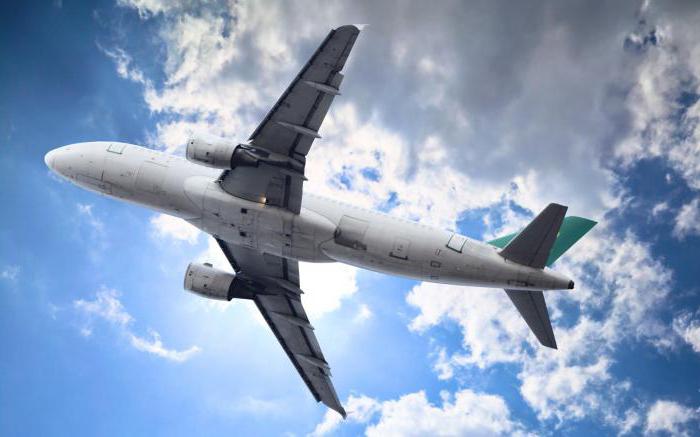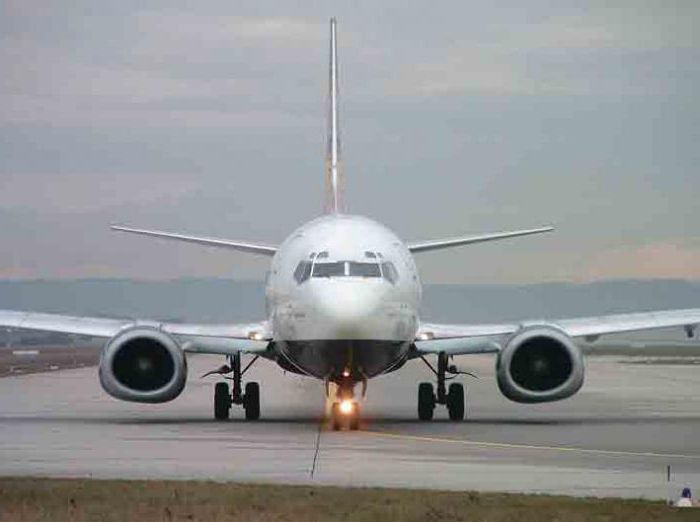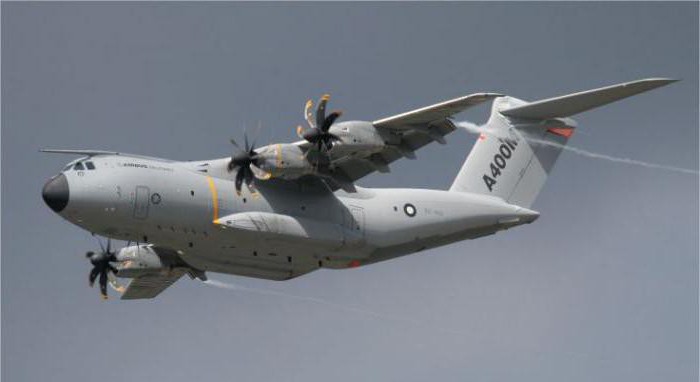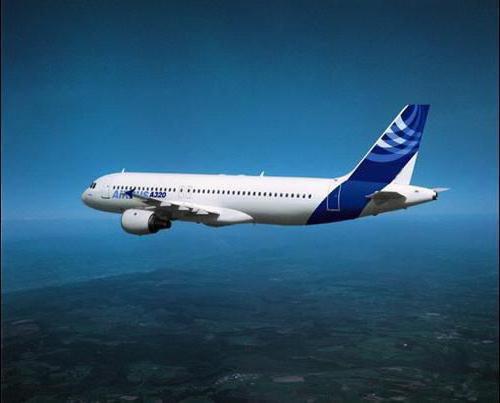It is probably not a secret for anyone that at the moment the fastest way to get around is by air. It can be used to transport passengers, goods, for military and some other purposes. Therefore, it is difficult to underestimate the importance of this method of transportation for transport infrastructure. We will briefly analyze the characteristics of air transport, its classification and history.

The origin of ballooning
From ancient times, man dreamed of flying in the sky. This fact is reflected in many legends, such as the ancient Greek myth of Daedalus and Icarus or the Indian epic Mahabharata.
In the Renaissance, the problem of flight was dealt with by the genius of world thought Leonardo da Vinci. It was he who owned the development of plans for several aircraft at once. But unfortunately, none of them has been used in practice.
In 1709, the first balloon was raised into the sky. In 1783, Francois d’Arland and Pilatre de Rosier made their historic flight on a balloon of the Montgolfier brothers. This was the first time that people have ascended to heaven.

After that, the development of airspace went at a faster pace. In 1852, the first airship was launched. That is how transport aviation was born. Airships were adapted to carry passengers.
In addition, aircraft began to be used for military operations. For the first time, the French Emperor Napoleon I tried to use them in the army, but without much success. And already during the Franco-Prussian war of 1870-1871, balloons were used quite effectively.
During the 19th century, attempts were made to build a vehicle heavier than air and fly on it. One of the most successful projects of that time was an aircraft designed by the Russian inventor A.F. Mozhaisky. But the first long flight on a vehicle heavier than air was completed only in 1903 by the American Wright brothers.
Since then, the history of the development of modern aviation begins.
Aviation development before World War II
1913 was marked by the flight of the world's first four-engine aircraft. It is noteworthy that this was an apparatus designed by I. Sikorsky, “Russian Knight,” and it was launched on the territory of the Russian Empire.

Then appeared such types of aircraft as a helicopter and a seaplane.
The First World War played a significant role in the development of aviation. It was in the arena of hostilities that new technical ideas were tested. Aircraft were first used as carriers of weapons.
After World War I, aviation began to develop at an accelerated pace. The period between world wars is called the “golden age" of aviation. It was during this period that Charles Lindbergh made the first non-stop flight across the Atlantic, and Soviet test pilot Valery Chkalov flew from Moscow to Canada via the North Pole. During this period, pilots were perceived by society as the heroes of their time.
The year 1939 was significant in that it was then that the first jet aircraft was tested. He became the German He 176 design bureau E. Heinkel.
Aviation after World War II
The Second World War, despite all the horrors that it brought to the world in the same way as the First, greatly contributed to the development of aircraft manufacturing and new technologies in it. The military aviation developed at a particularly fast pace.
Although the use of screw engines remained a priority, at the same time, experiments with jet devices began to be carried out more and more. It was this area of activity that contributed to the fact that after the Second World War the era of supersonic aviation began.For the first time, the speed of sound (more than 1200 km / h) was overcome in 1947 on an experimental aircraft in the USA. A year later, the Soviet La-176 was able to overcome the sound barrier.
Subsequently, supersonic aircraft were used to a greater extent by military and experimental aircraft. At the moment, the fastest aircraft in the world is the American aircraft X-43A. This is a purely experimental model. Moreover, its first launch in 2001 was unsuccessful. The flight in 2004 was much more successful. Then the speed of 11.2 thousand km / h was developed.
Another American experimental aircraft, the X-15, was launched back in 1959, and it was able to reach speeds of up to 7.3 thousand km / h. Its feature is that this aircraft is the only one that can independently enter the Earth’s orbit.
Among military aircraft, the highest speed was developed by the reconnaissance Lockheed SR-71 (3.5 thousand km / h). It has been in service with the U.S. Army since 1964. Also famous is the Soviet MiG-25 interceptor fighter, the production of which was launched in 1969. He could reach a speed of 3.0 thousand km / h.
Passenger aircraft used supersonic technology much less frequently. Only two devices are known that served flights on an ongoing basis. We will talk about them below.
But civilian aircraft made full use of conventional jets. This happened for the first time in 1949. Since then, jet aircraft have been used very often in passenger air transportation. Aviation took great strides along its development path. In addition, a considerable role was given to increasing the comfort of passengers.
Air transport also developed in the direction of freight traffic. Here, the main emphasis was placed by the designers not on the speed or comfort of the flight, but on the carrying capacity of the device. At the moment, the most lifting aircraft in the world is the Soviet, and now the Ukrainian An-225 Mriya, launched in 1988. It is capable of carrying loads of up to 250 tons. In addition, Mriya is the largest aircraft in the world.
Classification
By their purpose, airplanes are divided into two large groups: military and civil aviation. In addition, civilian aircraft are divided into passenger, transport, postal, agricultural, training, etc. Military aviation includes the following types of aircraft: fighters, bombers, interceptors, military transport aircraft (we will talk about them in detail below), attack aircraft , scouts and others.
There is also a division by take-off weight:
- super heavy;
- heavy
- average;
- small aircraft;
- ultralight aviation.
By speed, airplanes are divided into subsonic vehicles, transonic, supersonic and hypersonic.

By the type of power apparatus: screw, gas turbine, jet, rocket engines. In addition, there is such an exotic kind of aircraft as electric. Some experts distinguish types of air transport depending on the number of engines, as well as various layout schemes.
Also, aircraft are divided into manned and unmanned aerial vehicles.
Passenger aircraft until 1945
Now let's study in more detail what transport aviation is like, find out its history and current trends. After all, this review is devoted to this particular aviation industry. First of all, let's study passenger planes.
Back in the nineteenth century, airships began to be used to transport passengers. But the first passenger aircraft is the Russian “Ilya Muromets” designed by the great inventor Igor Sikorsky. The aircraft was built in 1913, at the same time its first flight with sixteen passengers was completed, but regular passenger flights began to be carried out only with the advent of Soviet power in 1920. Prior to this, the aircraft was used as a bomber during the First World War. When the Bolsheviks came to power, he served flights "Sarapul - Yekaterinburg", "Moscow - Kharkov" and "Moscow - Bak" at. In 1923 it was decommissioned.In addition, it should be noted that until 1917, "Ilya Muromets" belonged to the title of the largest aircraft in the world.
The first regular air transportation of passengers began to make a company from the US St. Petersburg Tampa Airboat Line since 1914. She launched a flight that ran between Tampa and St. Petersburg in Florida. In 1916, the Boeing company specializing in aircraft manufacturing was founded in the United States. After the Second World War, it became one of the world leaders in the production of passenger and transport aircraft.
In 1919, a permanent international passenger flight between Paris and Brussels was first launched. It was organized by the French company Lignes Airiennes Farman.
Since 1925, the United States launched production of the world's first mass passenger aircraft - Ford Trimotor. The most massive model in the history of passenger aviation was the American Douglas DC-3, produced since 1935. In Europe, the German Junkers Ju52 competed with him.
After the decommissioning of Ilya Muromets in the Soviet Union, they began to use lighter air vehicles of the German company Junkers for transportation. Aircraft Junkers F13 was the first in the world, which during the construction was originally planned as a passenger. He first flew in 1919 in Germany. Due to its qualities, the Junkers F13 was put into operation in many countries of the world, including, as mentioned above, and in the USSR.
But already in 1925 in the Soviet Union, for domestic passenger traffic, they began to use the domestic K-1 as well. Before the start of World War II, the Kalinin Design Bureau released five more series (K-2, K-3, K-4, K-5, K-6) of this unit for transporting passengers. Also, since 1928, U-2 passenger aircraft began to be operated, the designer of which was Polikarpov N.N. Later, the PS-9, KhAI-1, a series of aircraft "Steel", PS-89, PS-35, PS-84, PS- appeared 84 (Li-2). The latest model was made on the basis of the American DC-3 and acquired a special mass character. But Soviet pre-war passenger aircraft were at a fairly low level.
In 1923, the Russian Volunteer Air Fleet Society Dobrolet was founded. Now this name is operated by one of the low-cost airlines of Aeroflot. Aeroflot itself (the Main Directorate of the Civil Air Fleet) was founded in 1932 after the merger of Dobrolet and Ukrvozdukhput, and until the collapse of the USSR, it belonged entirely to the state. At the moment, it is one of the oldest airlines in the world.
But the oldest airline to date is the German Deutsche Lufthansa AG, which was founded in 1926, after the merger of Junkers Luftverkehr and the transport company Deutsche Aero Lloyd. Naturally, the fleet of aircraft before World War II consisted mainly of Junkers-branded vehicles.
In 1933, another major European airline, Air France, was founded in France.
In 1927, the first passenger transatlantic flight was recorded. True, it was a private flight. Since 1930, the United States began to use stewardesses to serve passengers.
The Second World War as a whole gave impetus to the development of aviation, but, for obvious reasons, slowed down the activities of civil aviation, which provides air transport services to the population.
Passenger aircraft after World War II
After 1945, the transportation of passengers and goods by air began to develop particularly intensively. Not least of all, the use of war time experience for heavy bombers, as well as jet engines in civil aviation, which began to be massively installed on new models of passenger aircraft from the beginning of the 50s, played a role in this.

The first jet passenger plane was the British De Havilland 106 Comet ("Comet"), released in 1949. But it began to be mass exploited only in 1952. This aircraft could accelerate to almost 800 km / h with a maximum load of 36 passengers.
In 1954, the second in the world passenger Boeing 707 jet aircraft was launched in the United States, which marked the beginning of the legendary seven hundred series of aircraft of the same name company. It was commissioned in 1958. Its speed has already reached 1000 km / h, and the number of passengers reached 289.
The first passenger jet in the USSR was the product of the Tupolev Design Bureau - Tu-104. It was released in 1955, and the next year it was put into operation, that is, even earlier than the Boeing 707. True, in terms of its characteristics, it was slightly inferior to the American competitor. The Tu-104 could fly 100 passengers into the sky and developed a speed of 950 km / h.
Finally, in 1955, the Sud Aviation Caravelle jet passenger aircraft, commissioned in 1959, was launched in France. This was the first aircraft in which the engines were located in the rear.
In 1967, Boeing launched another aircraft, numbered 737. It was he who became the most massive jet aircraft in history that air transport knew. Various modifications of this model could lift from 103 to 215 passengers into the air.
All of the above aircraft are long-range aviation. But there was a development of technology, which was focused on medium-range flights. It can be attributed to the Soviet jet aircraft Yak-40 1966 release and Yak-42 1975 release, which were massively operated on the territory of the USSR.
Popular aircraft of the Soviet era include the Il-62 of 1963, which was the first passenger device in the USSR adapted for intercontinental flights, and the Il-86 of 1976, designed for 350 passengers.
Thus, in passenger air transportation, small aircraft more and more faded into the background.
Further development of jet technologies was the emergence of supersonic aircraft. True, the achievements in the aircraft industry are very modest. Only two passenger aircraft in world history were able to overcome the speed of sound. This is the French-British Concorde airliner of 1969 and the Soviet Tu-144 of 1968. The first developed a speed of 2330 km / h, and the latter - at 2500 km / h, which is still an unbroken record for passenger aircraft.
Cargo aviation
The beginning of cargo, or, as it is also called, transport aviation in the narrow sense of the word is usually counted from 1914. It was then that regular flights of aircraft began in the territory of the modern African country of Namibia, the then German colony, which transported diamonds from the depths of the continent to the regional center of Windhoek.
From then until now, cargo aviation has changed significantly. She began to use modern technologies, including jet ones, which make air transport faster. But still more important was not an increase in speed, but an increase in carrying capacity.
In the West, Boeing Corporation has succeeded most. For example, its 1994 Boeing 777-200F and 1988 Boeing 747-400 are among the most massive transport aircraft in the world. Also quite famous is the 1988 American McDonnell Douglas MD-11 aircraft.

But, of course, the leaders in carrying capacity are the aircraft of the Soviet, and now the Ukrainian design bureau Antonov. So the An-22 Antey aircraft, released in 1965, has a carrying capacity of 60 tons. This is a record for turboprop aircraft.
Its more modern analogue is the An-124 Ruslan of 1982. He could already lift up to 120 tons of cargo and was a jet aircraft.
But the record for carrying capacity in the world at the moment belongs to the 1988 An-225 Mriya aircraft. He can take on board up to 250 tons of payload. In addition, this aircraft is the largest in the world. One of his tasks was to transport the Buran space shuttle.
Postal Aviation
Postal aviation is also a subspecies of transport aviation.Its origin can be attributed to 1911. It was then in Italy that a mail delivery flight was made between Bologna, Venice and Rimini. In the same year, airmail began to circulate between the American cities of Long Island and Mineola.
In 1918, the first regular airmail in the world was founded on the territory of Austria-Hungary. But it did not last long, since in the same year the empire actually broke up.
Airmail was very relevant in Soviet times, when from one edge of a vast country to another correspondence could take weeks or even months in a standard way. Postal aviation reduced this period to a week.
Currently, due to the development of the Internet, digital technology and mobile communications, airmail has lost its former relevance.
Military transport aircraft
Transport aviation is also a separate branch of the armed forces. Its main task is the delivery of strategic cargo for the army, weapons and personnel. Often, before a particular aircraft is put into service, experimental aircraft work on it.
The most famous models of military transport aircraft are the American Lockheed C-130 Hercules, the Soviet IL-76, as well as a series of aircraft from Antonov’s design bureau. Moreover, this organization produces both highly specialized military transport aircraft of the An-178 type, and devices that can be counted on by both military and civilian long-range aviation - the An-22 Antey and the An-124 Ruslan.
General conclusions

As you can see, the history of air transport is quite long and interesting. Aircraft have come a long way from the simplest screw mechanisms to modern jet vehicles. Currently, work is ongoing to improve their speed, lifting and other characteristics.
